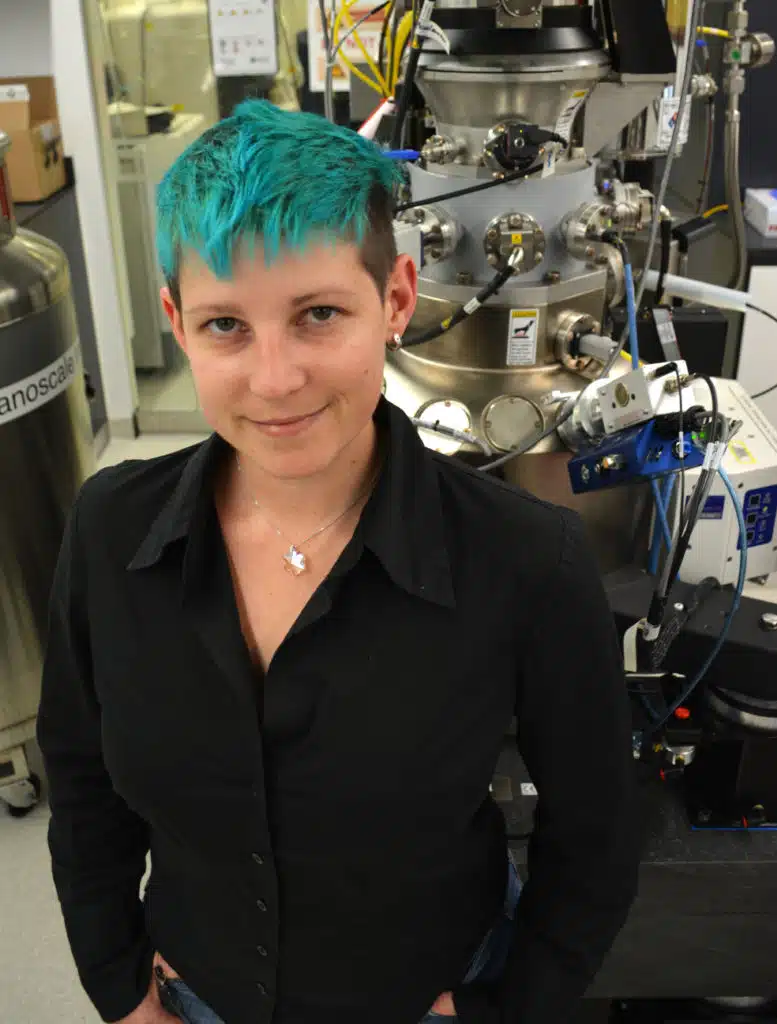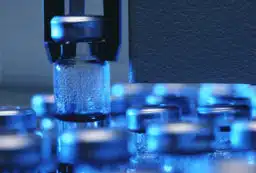New techniques reveal dragonfly wing’s sterile surfaces that could benefit surgery
Australia is well known for its deadly creatures. But there’s one that’s harmless to humans and deadly to bacteria: the dragonfly!
Hospitals have a huge problem with antibiotic-resistant bacteria. Could the dragonfly hold the answer to stop bacteria in its tracks only the force of nature?
A team of researchers at Queensland University of Technology has found a way to see how the dragonfly beats bacteria without antibiotics. It turns out that nature uses nanostructures (very tiny structures ranging in size from molecular to microscopic).
Bacteria get trapped in more than 10 billion tiny ‘fingers’ (nanostructures) lining a dragonfly wings’ surface. While trying to escape, the bacteria literally tear themselves apart.
Looking at bacteria, or the very tiny nanostructures on the dragonfly wing is not easy, even when using special ion-and-electron microscopes.
The dragonfly wing and the bacteria are easily damaged: they melt, like ice-cream in the sun, while looking at them. But Annalena Wolff has developed a new technique to avoid this problem.
By studying the physics behind these special microscopes, Annalena found a way to use the microscopes without melting the sample.
This technique also works for other delicate biological samples.
Being able to look at how nature uses nanotechnology has huge potential. For example, we could use dragonfly-like nanostructures to build bacteria-killing surgery tools and hospital equipment.
So, the next time you look at a dragonfly in the backyard, don’t forget the wonder it holds in its wings. In the meantime, scientists will keep unlocking the wonders of nature’s nanostructures.





 Fresh Science is on hold for 2022. We will be back in 2023.
Fresh Science is on hold for 2022. We will be back in 2023.